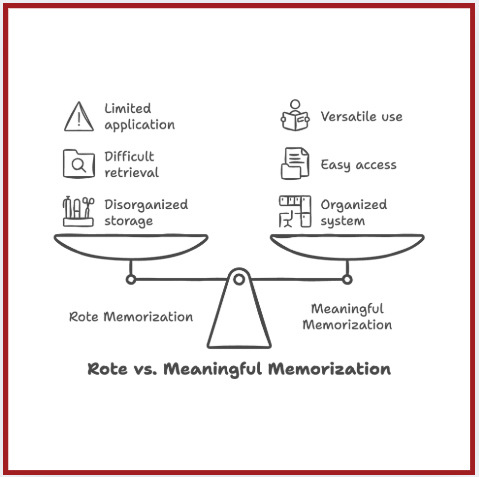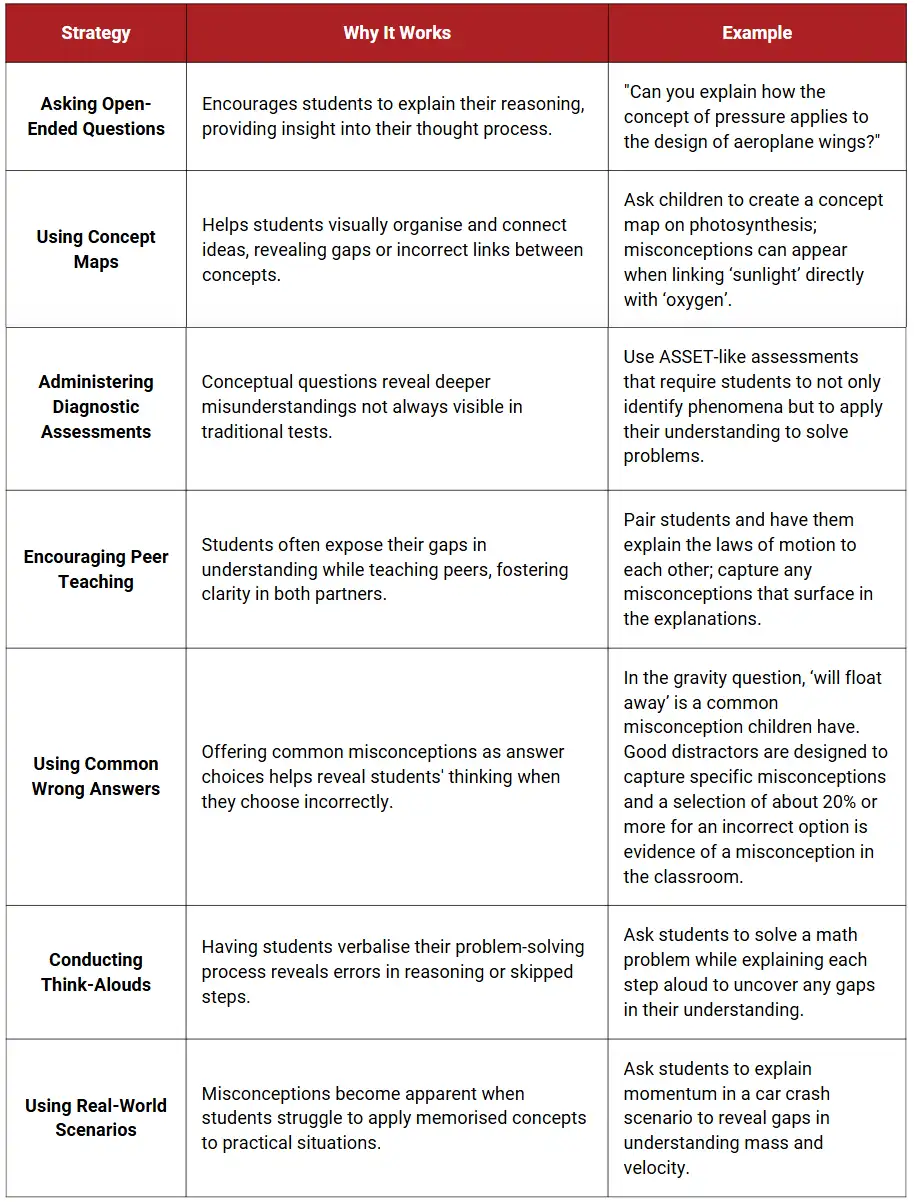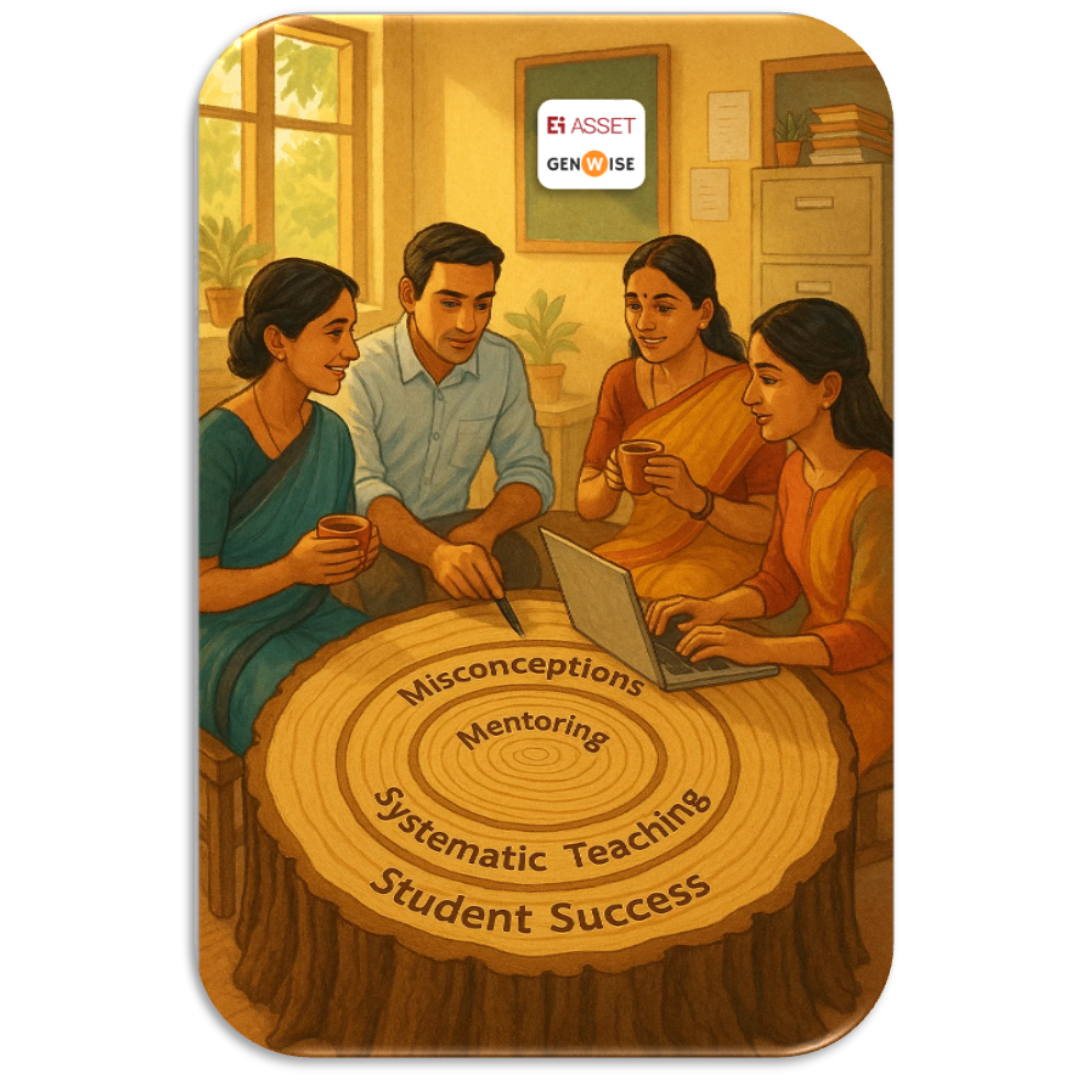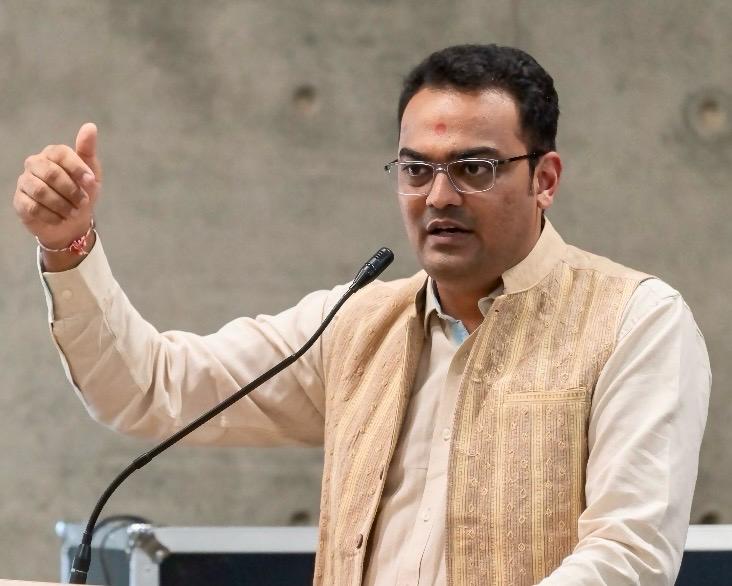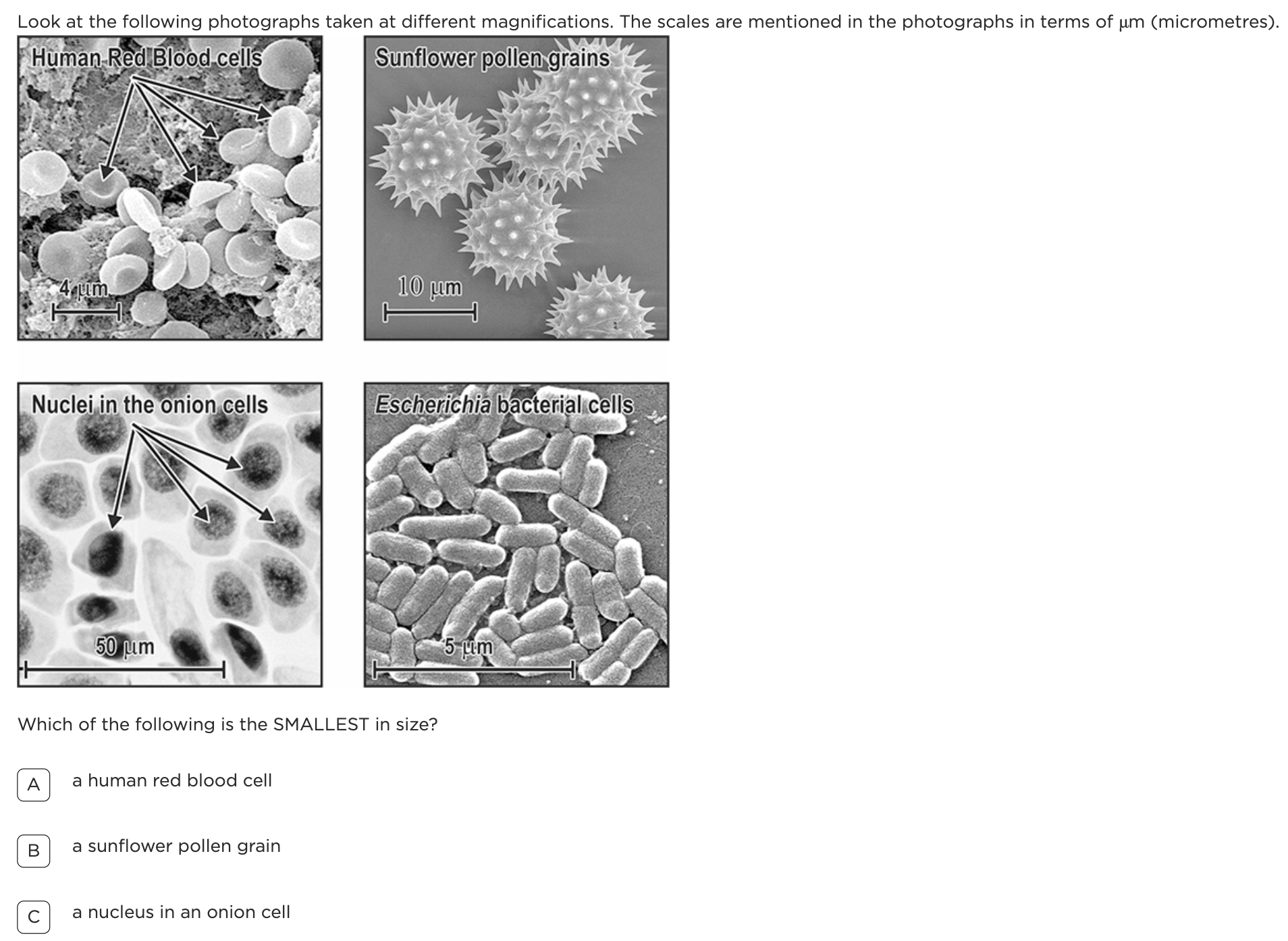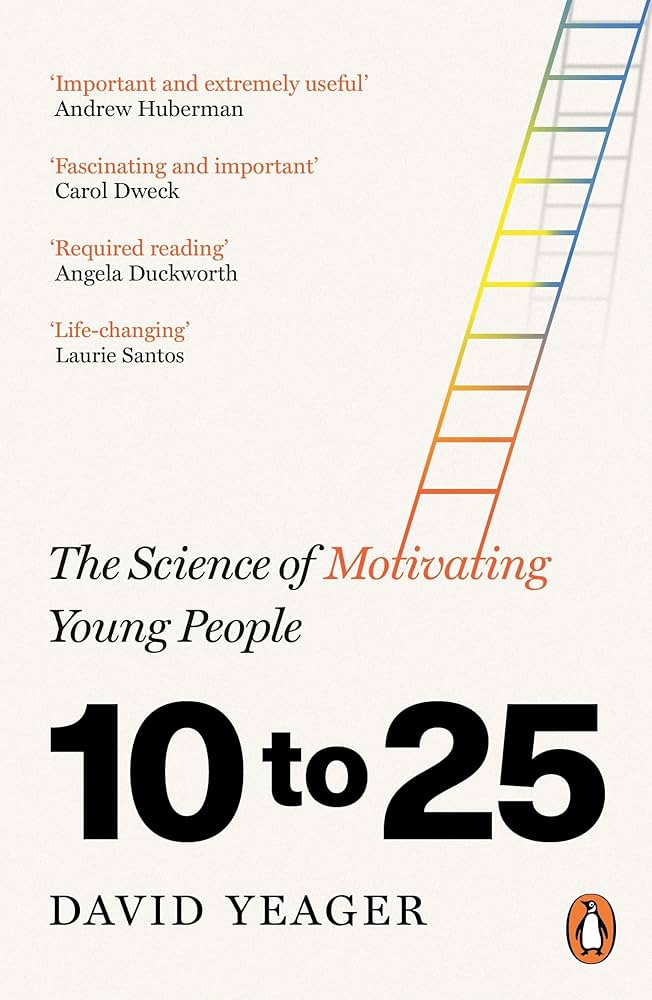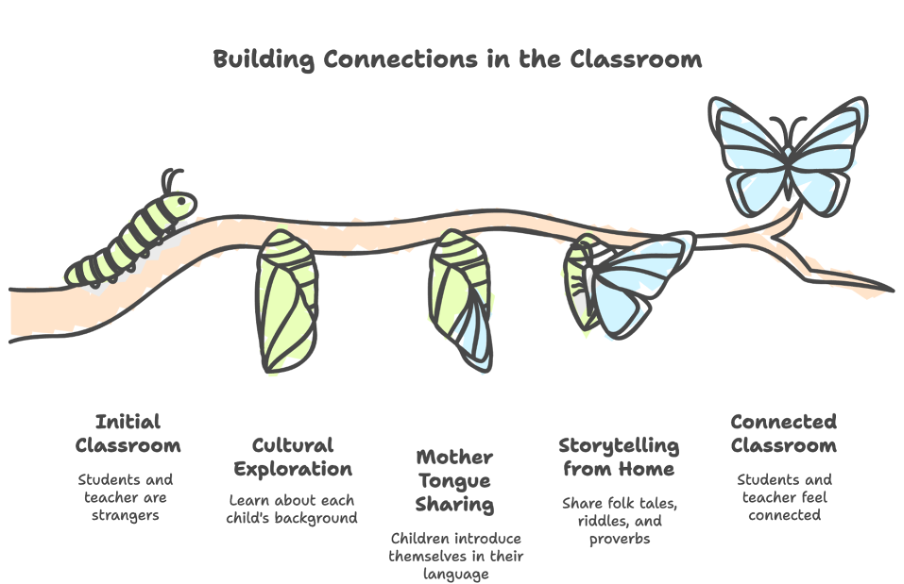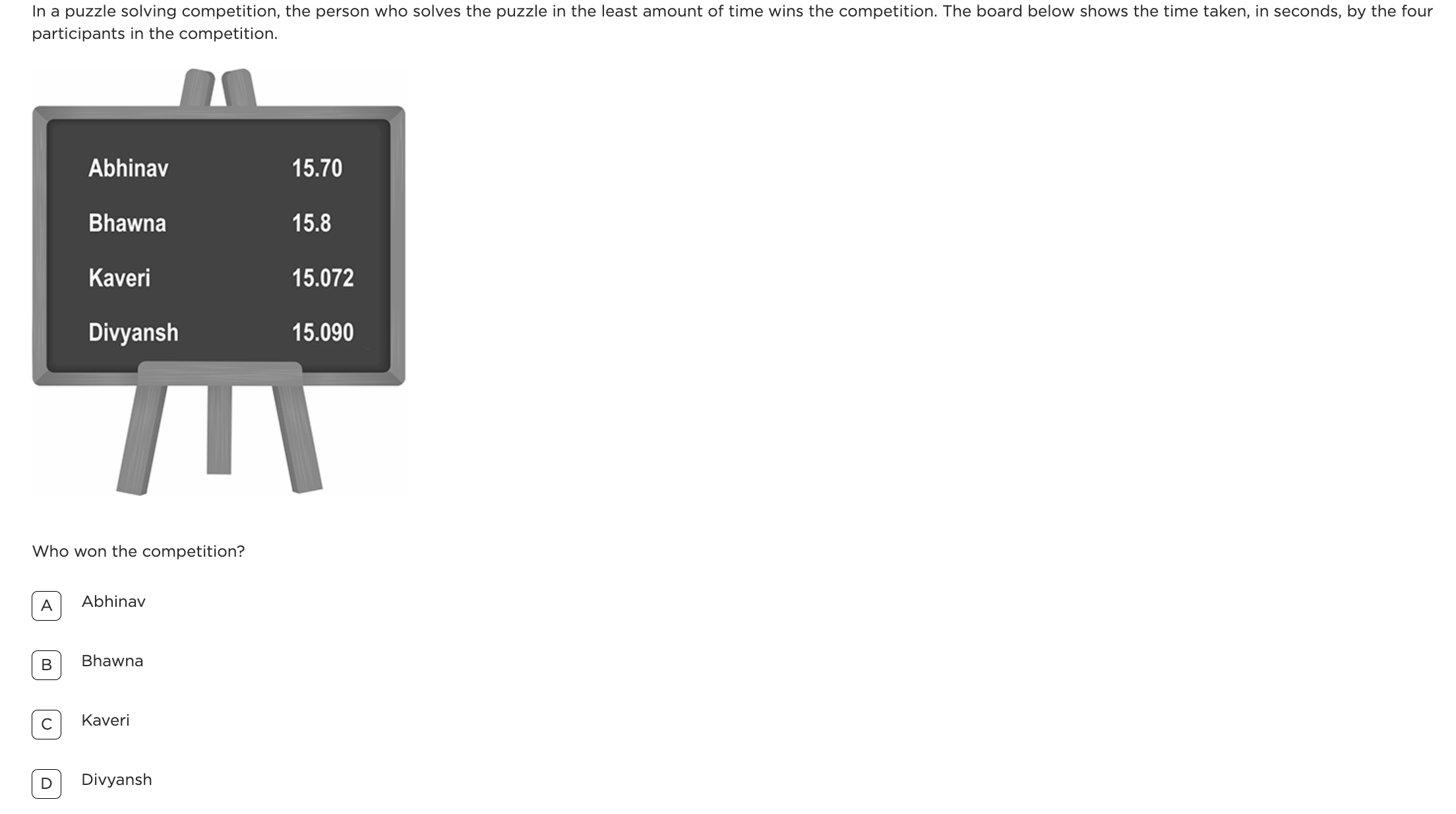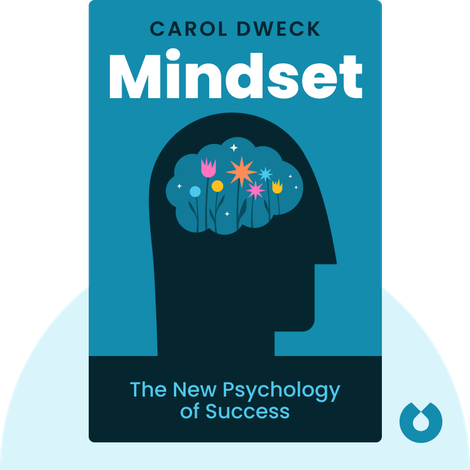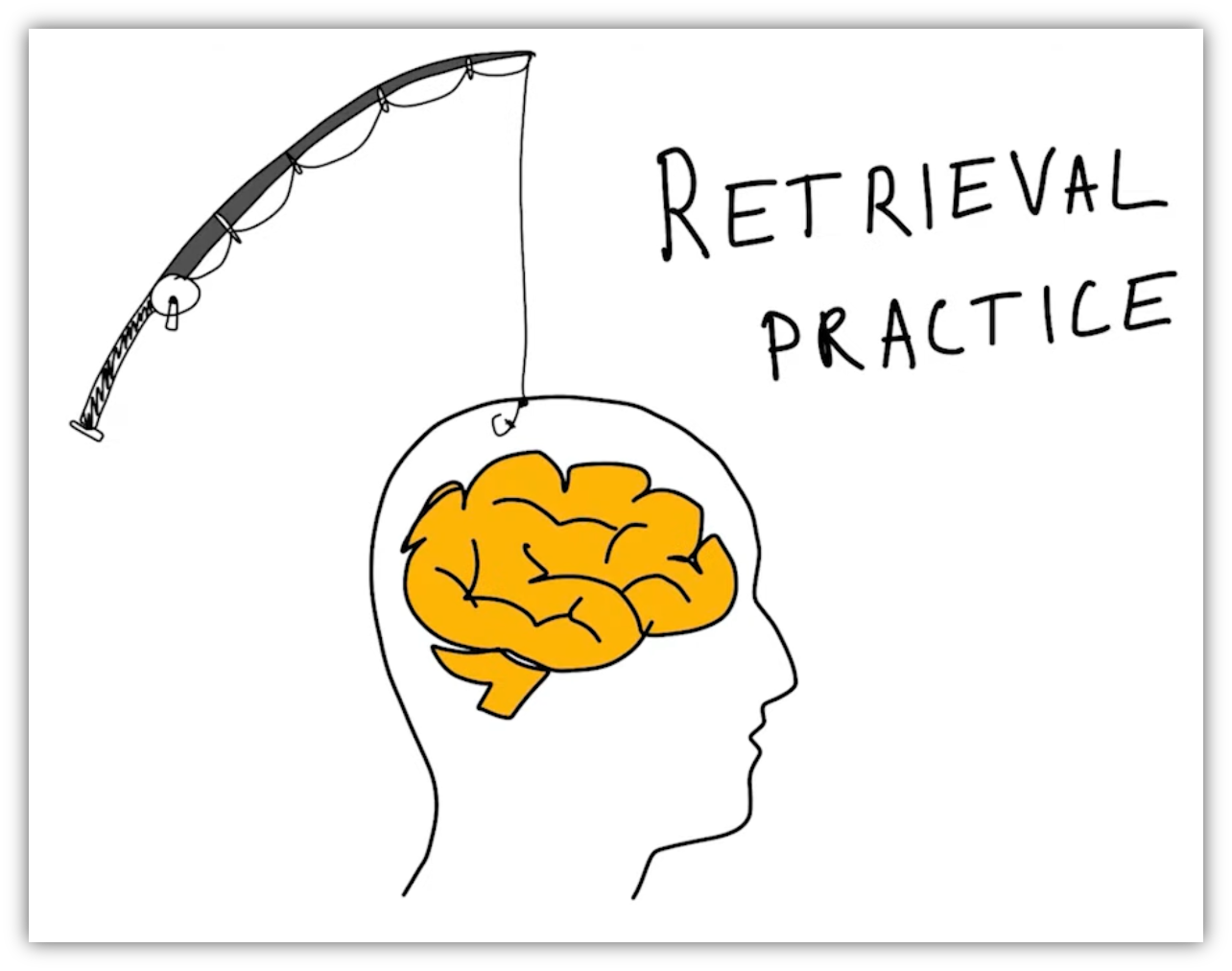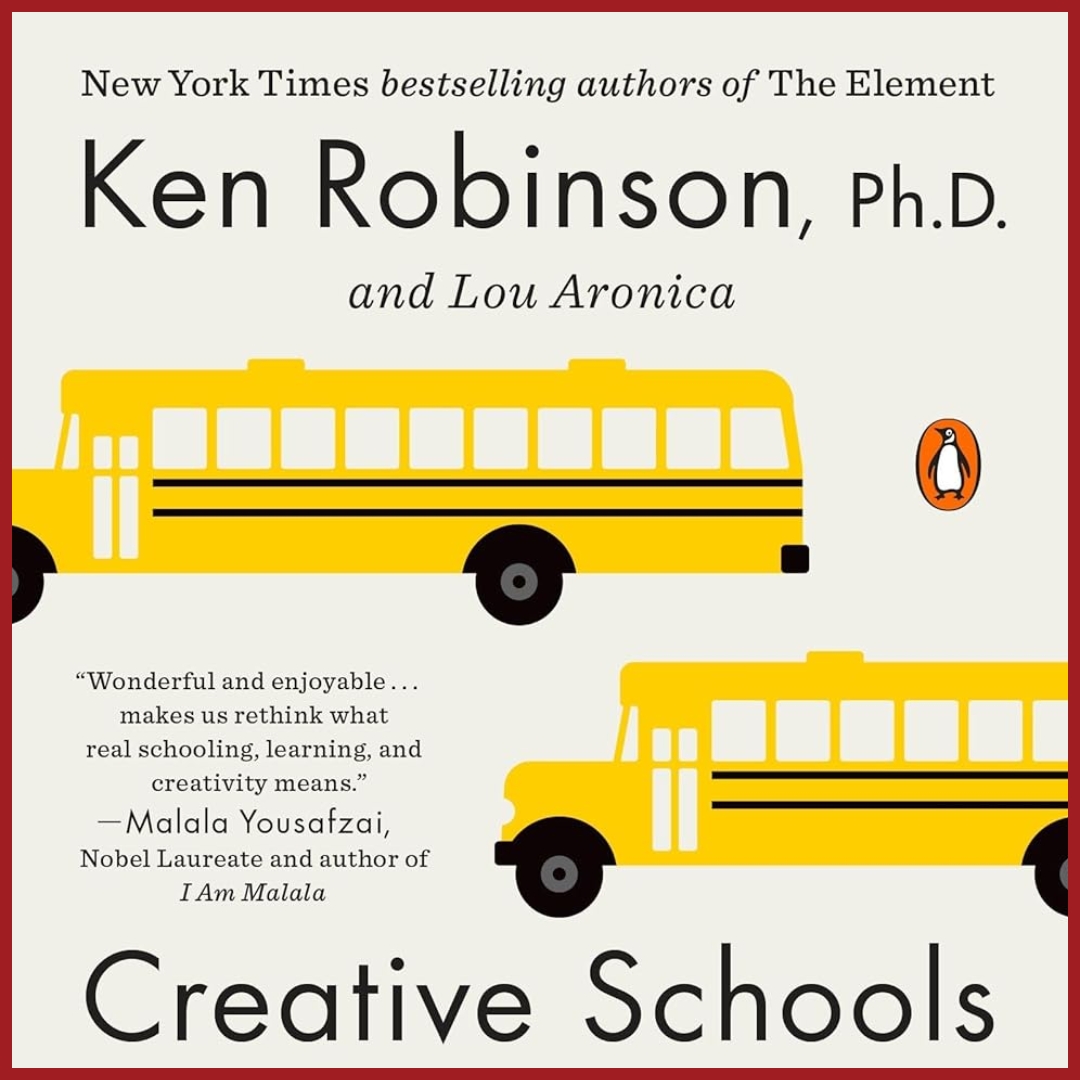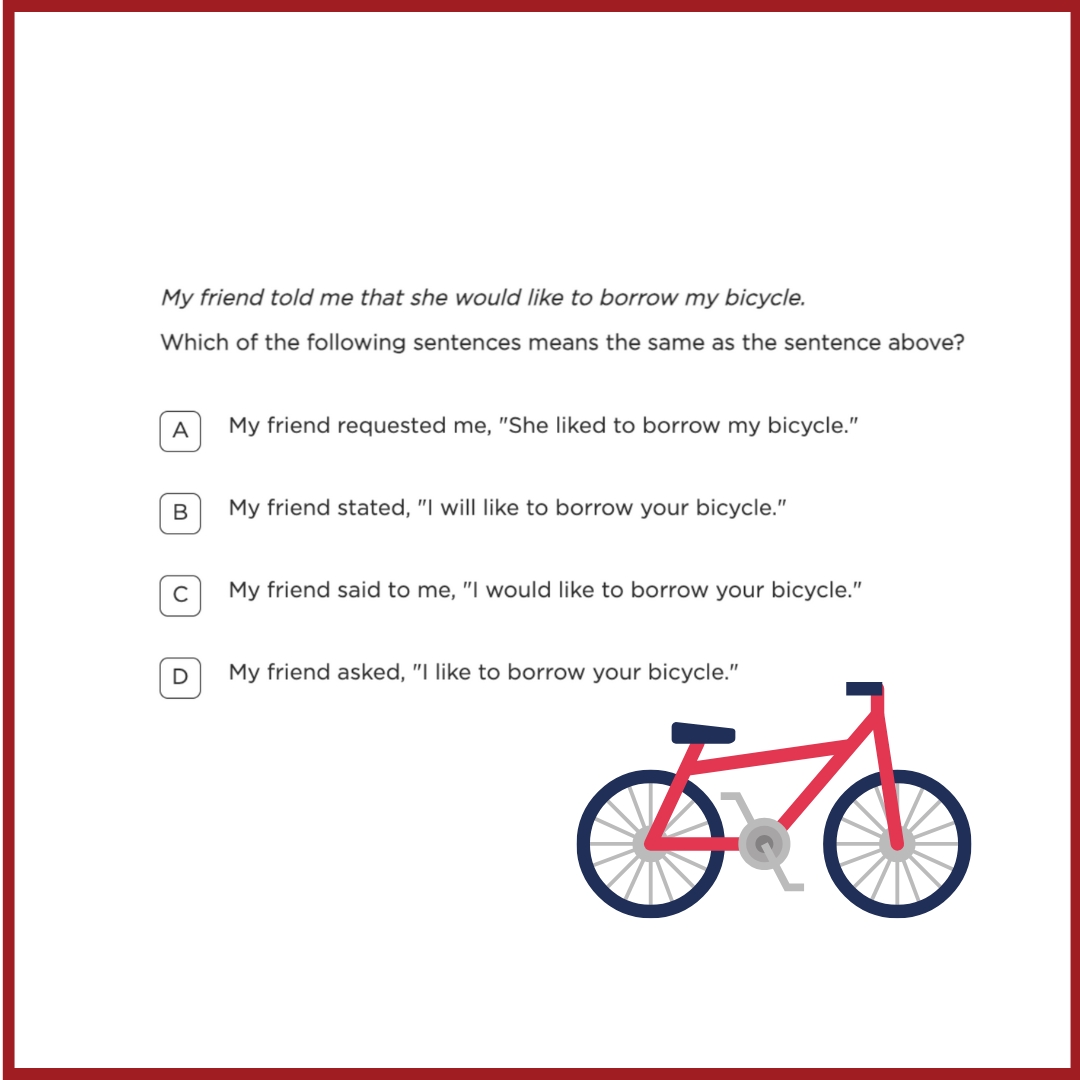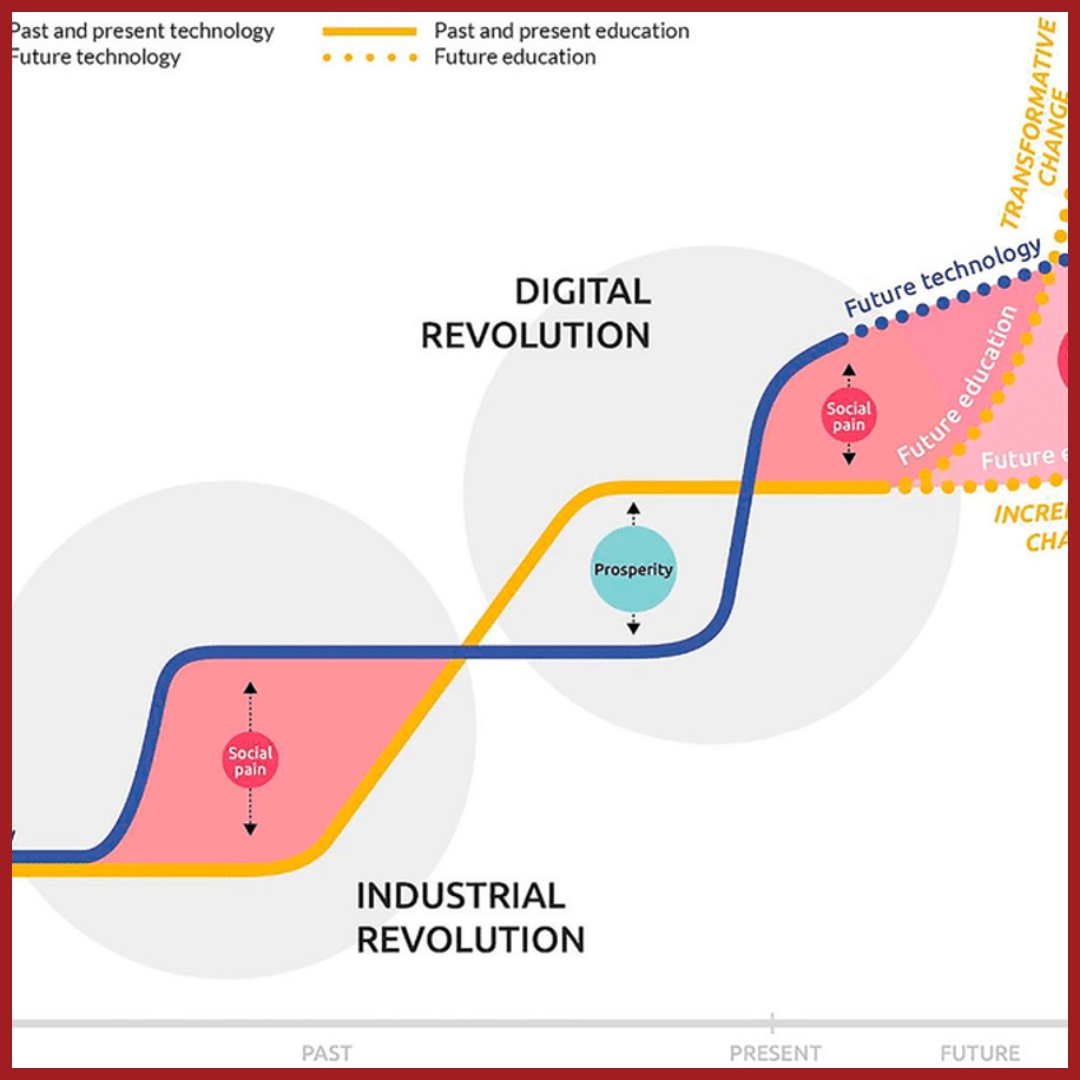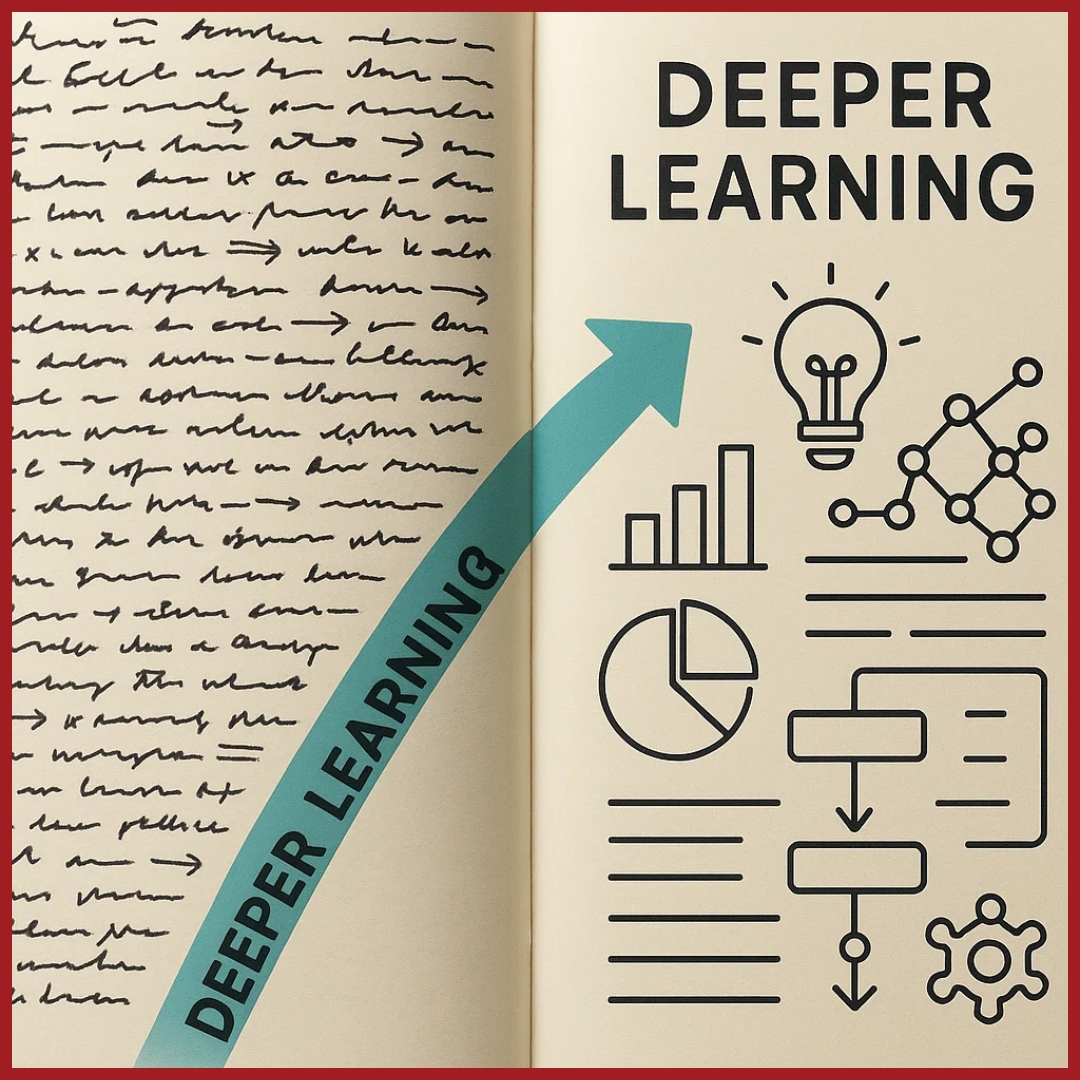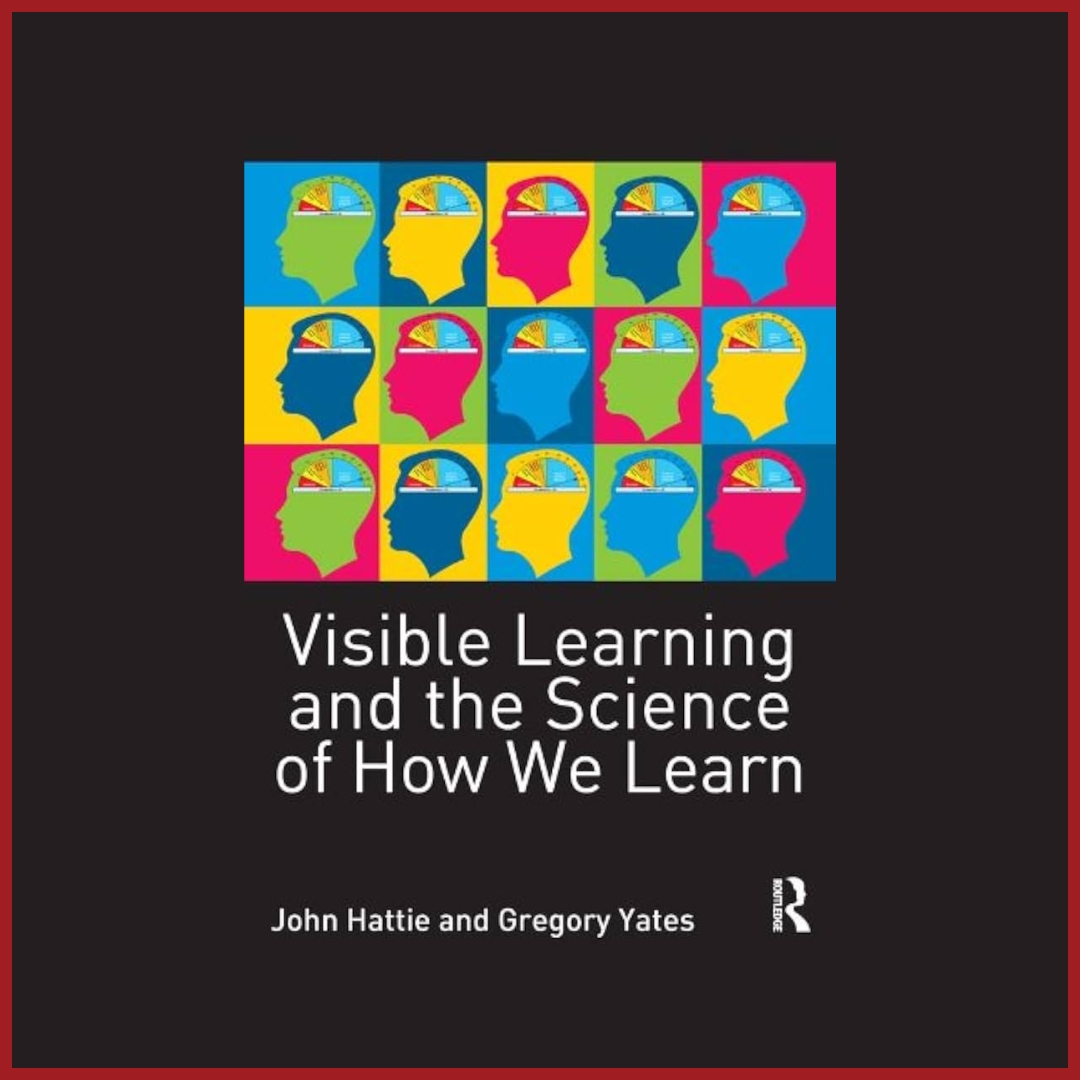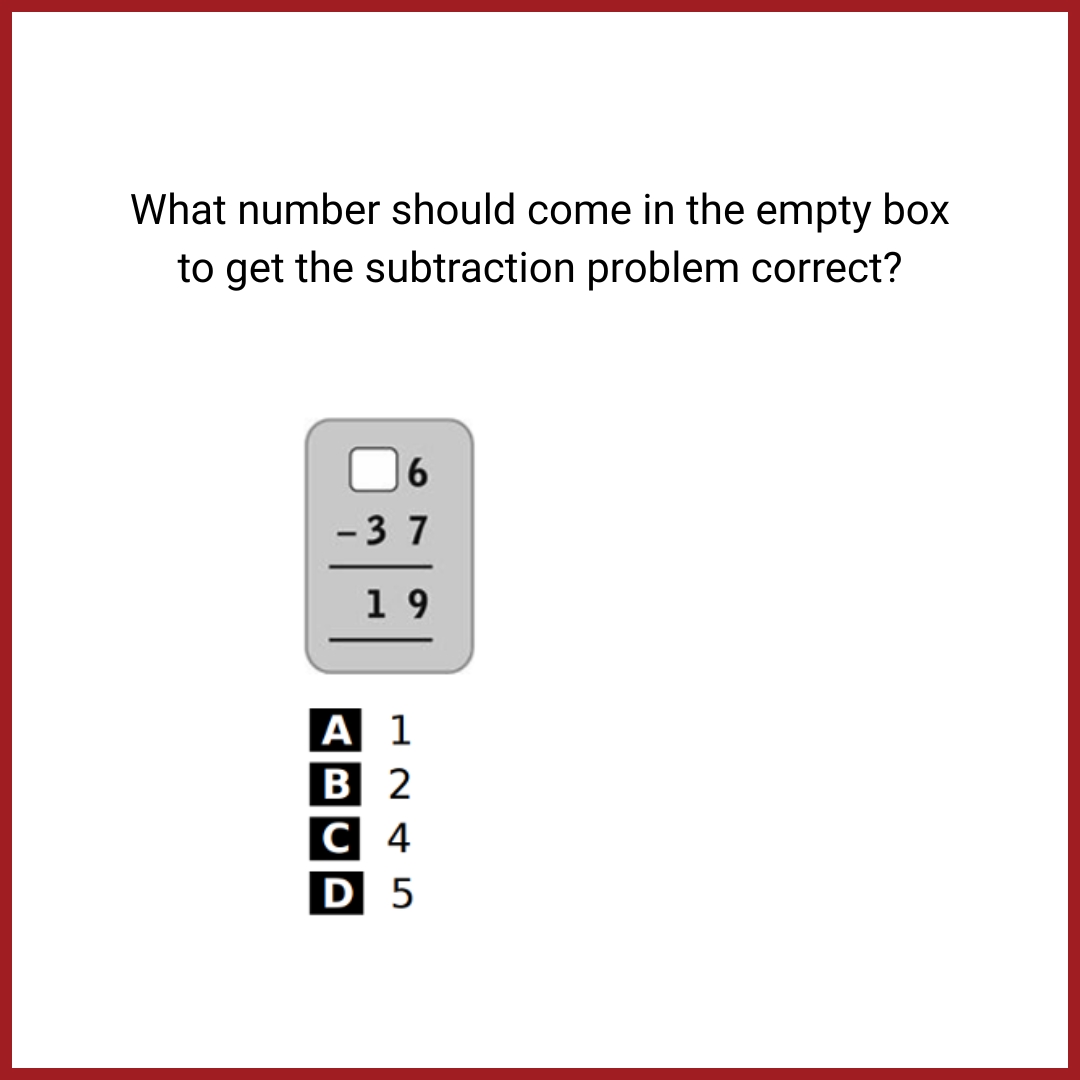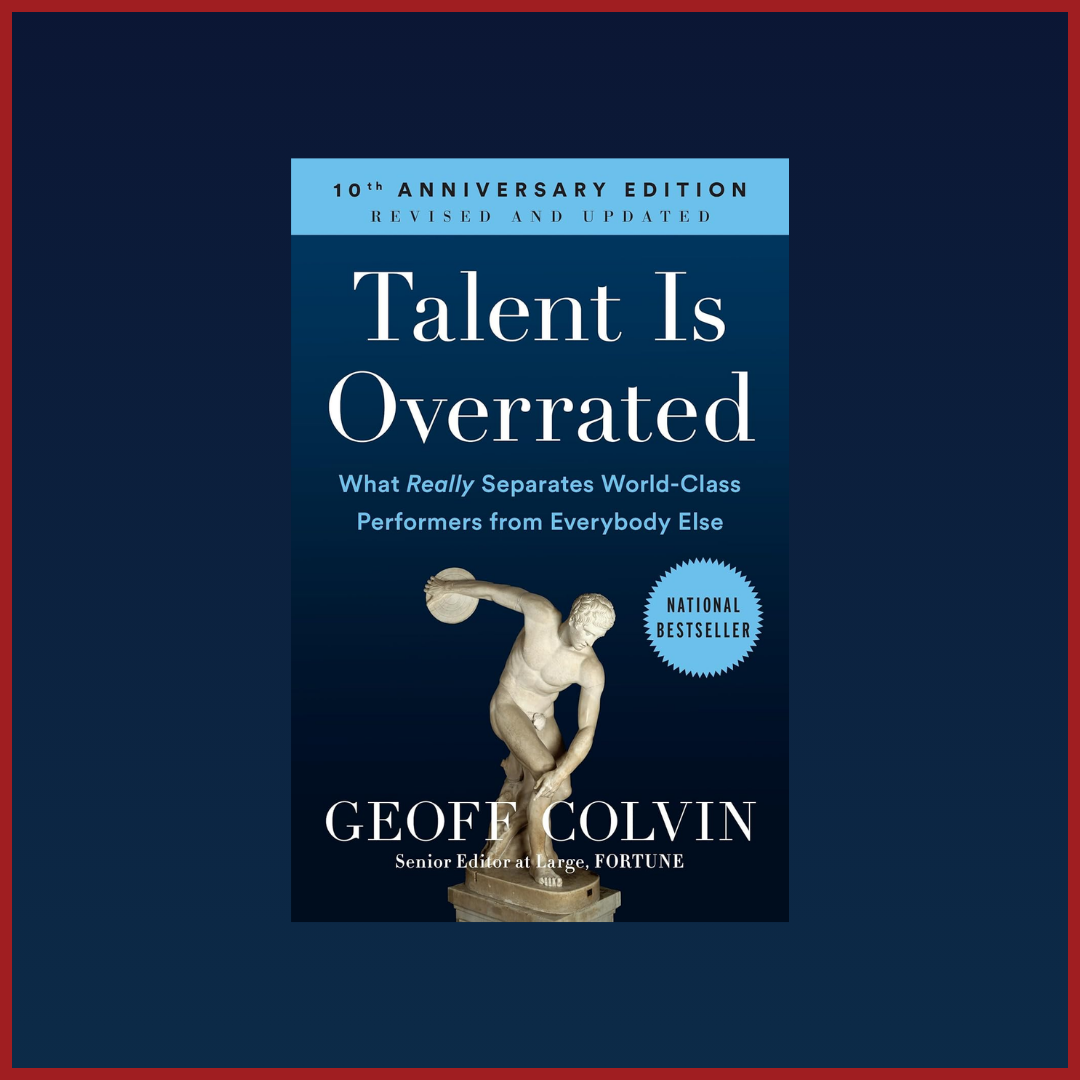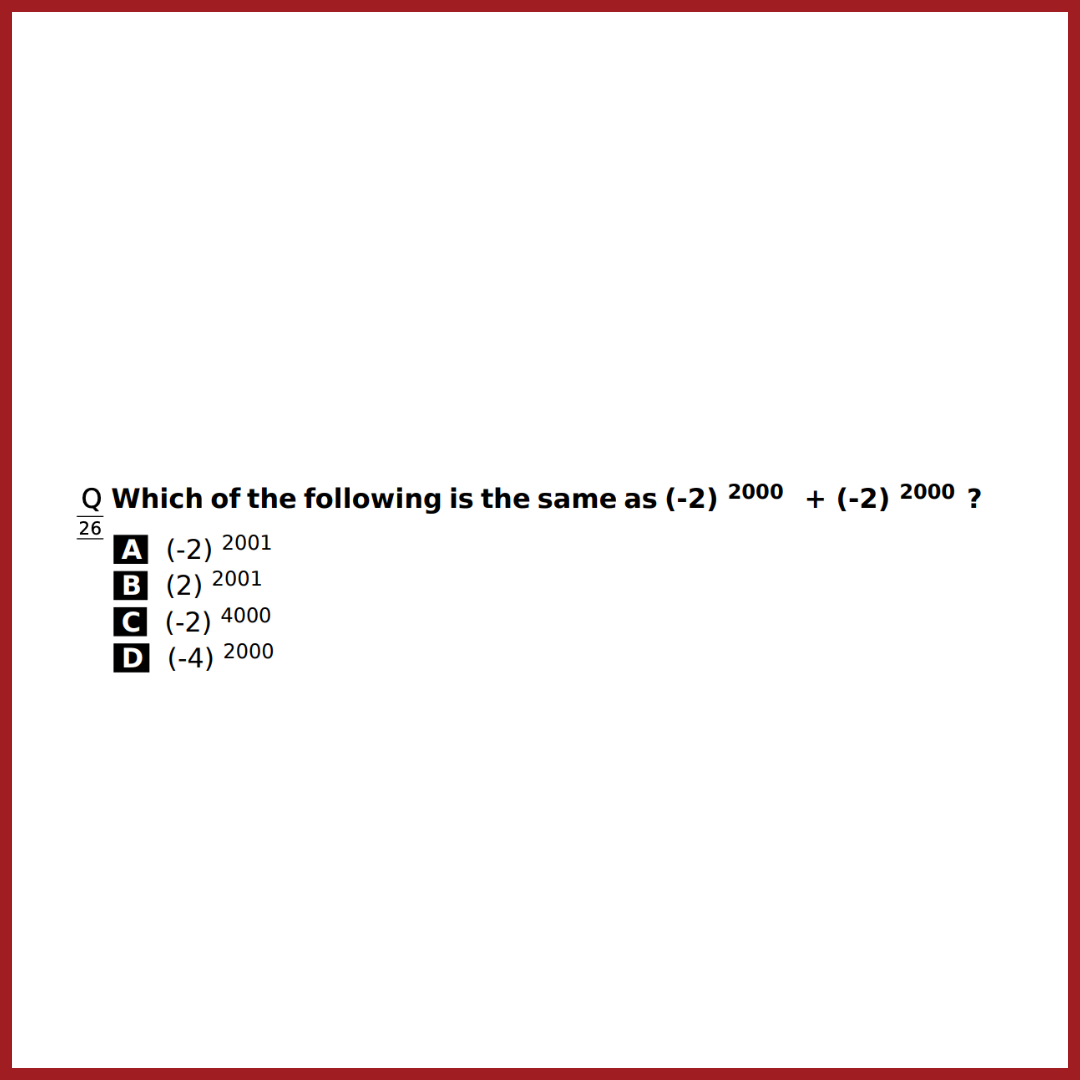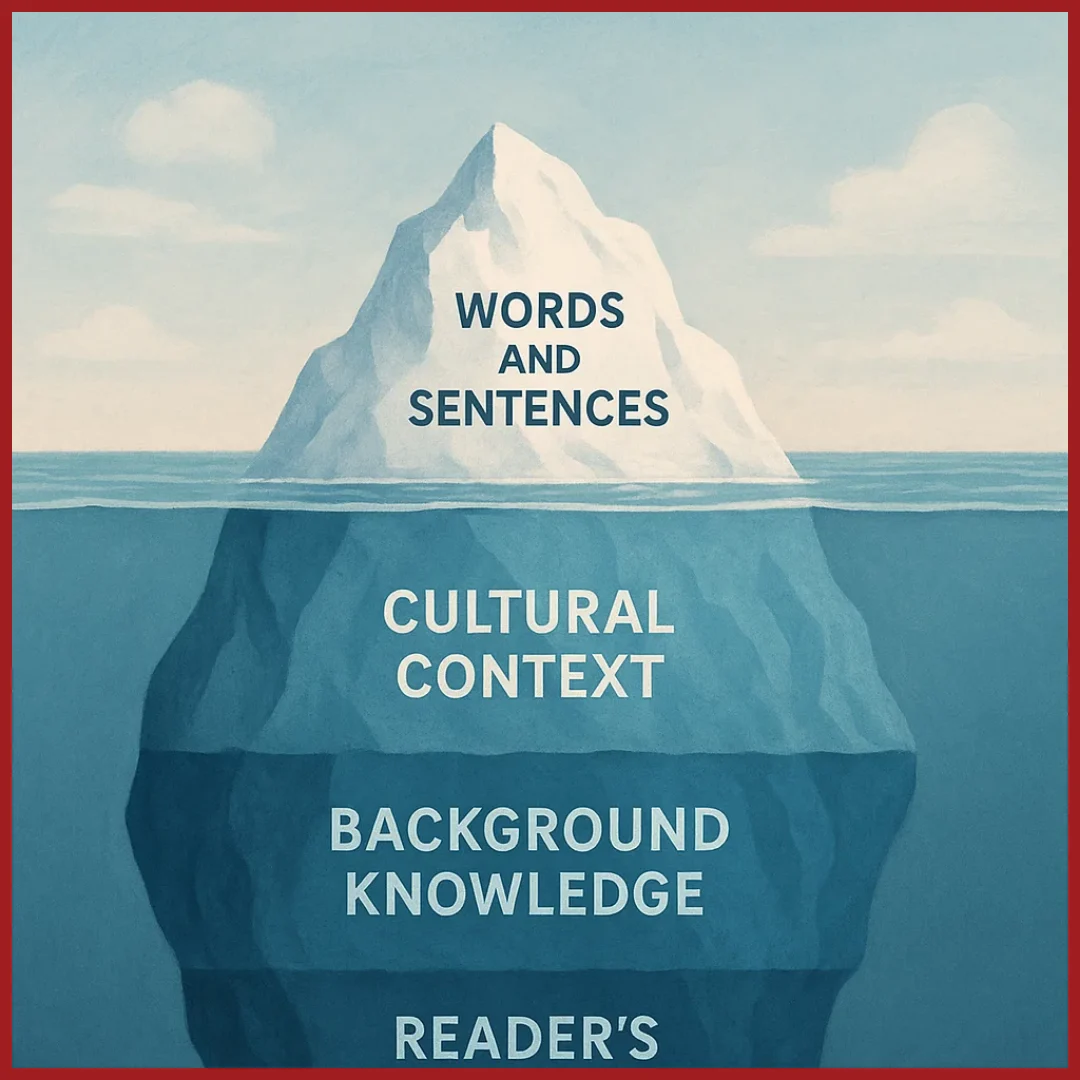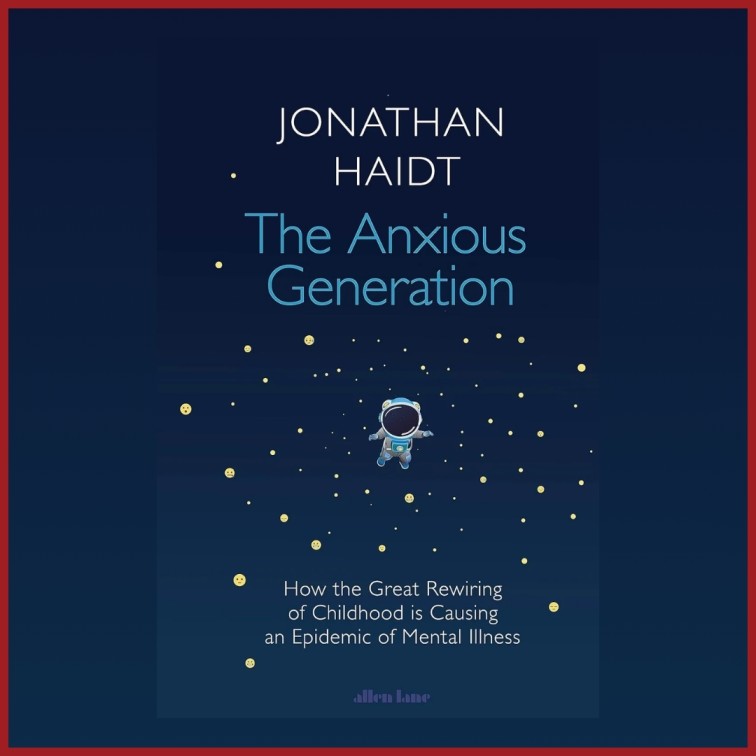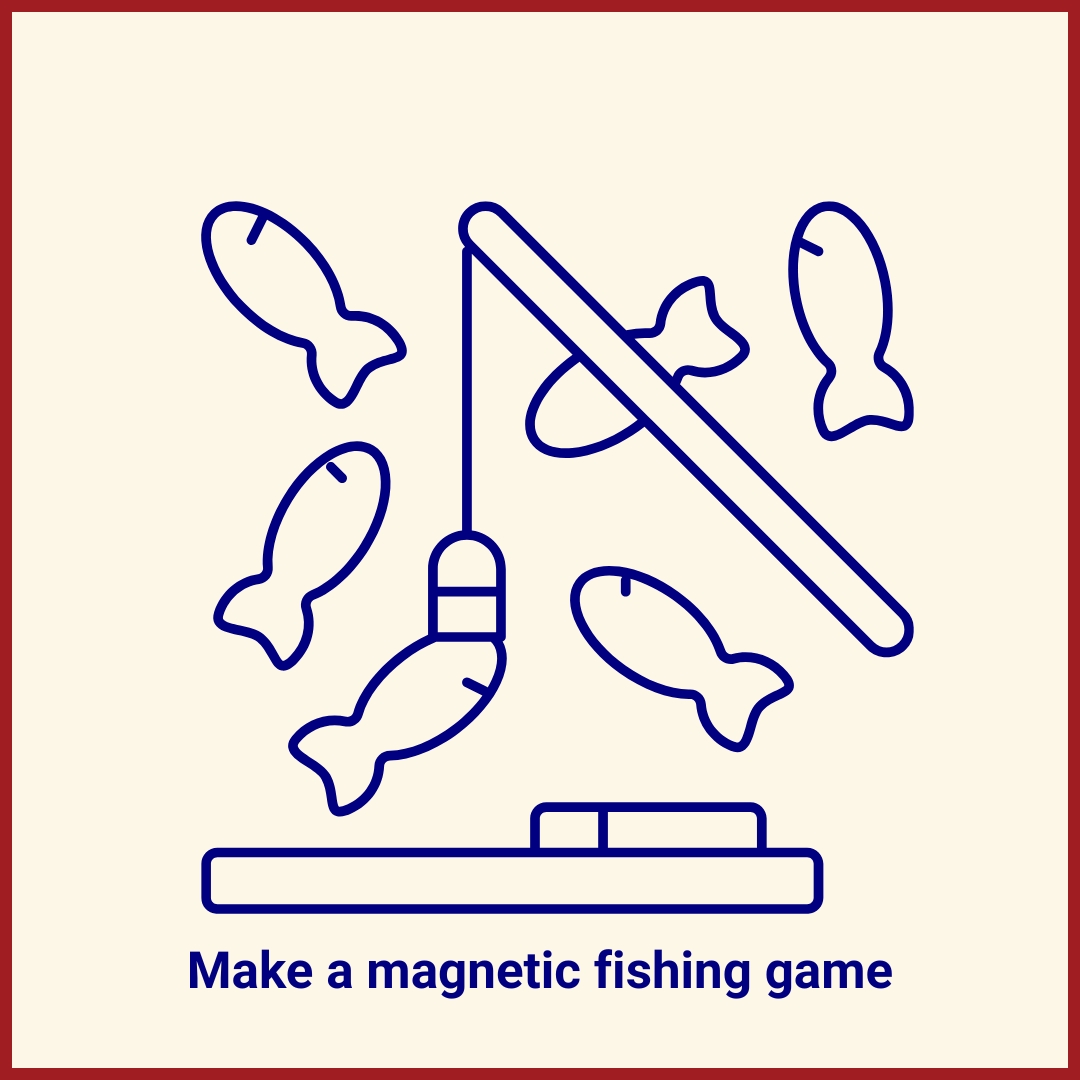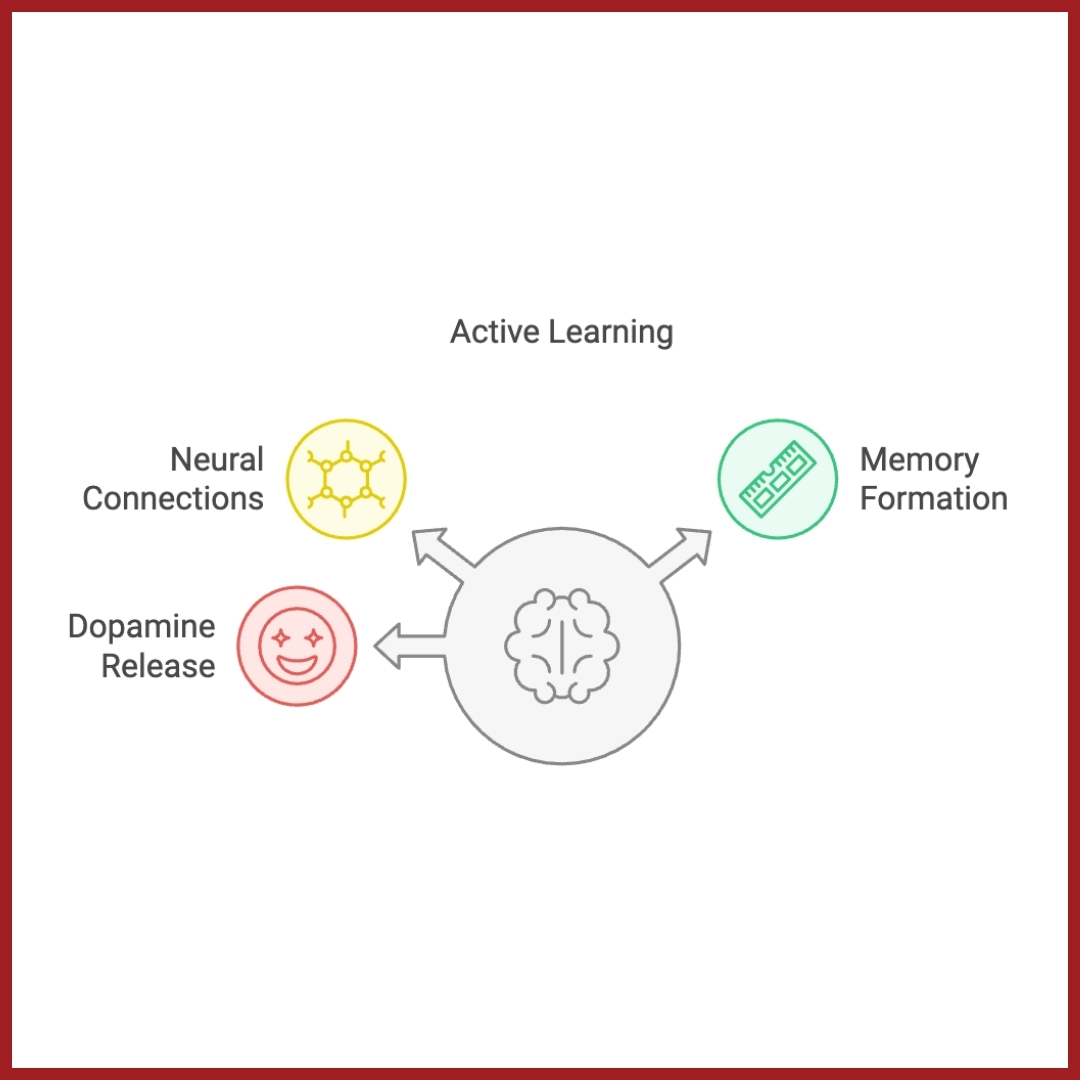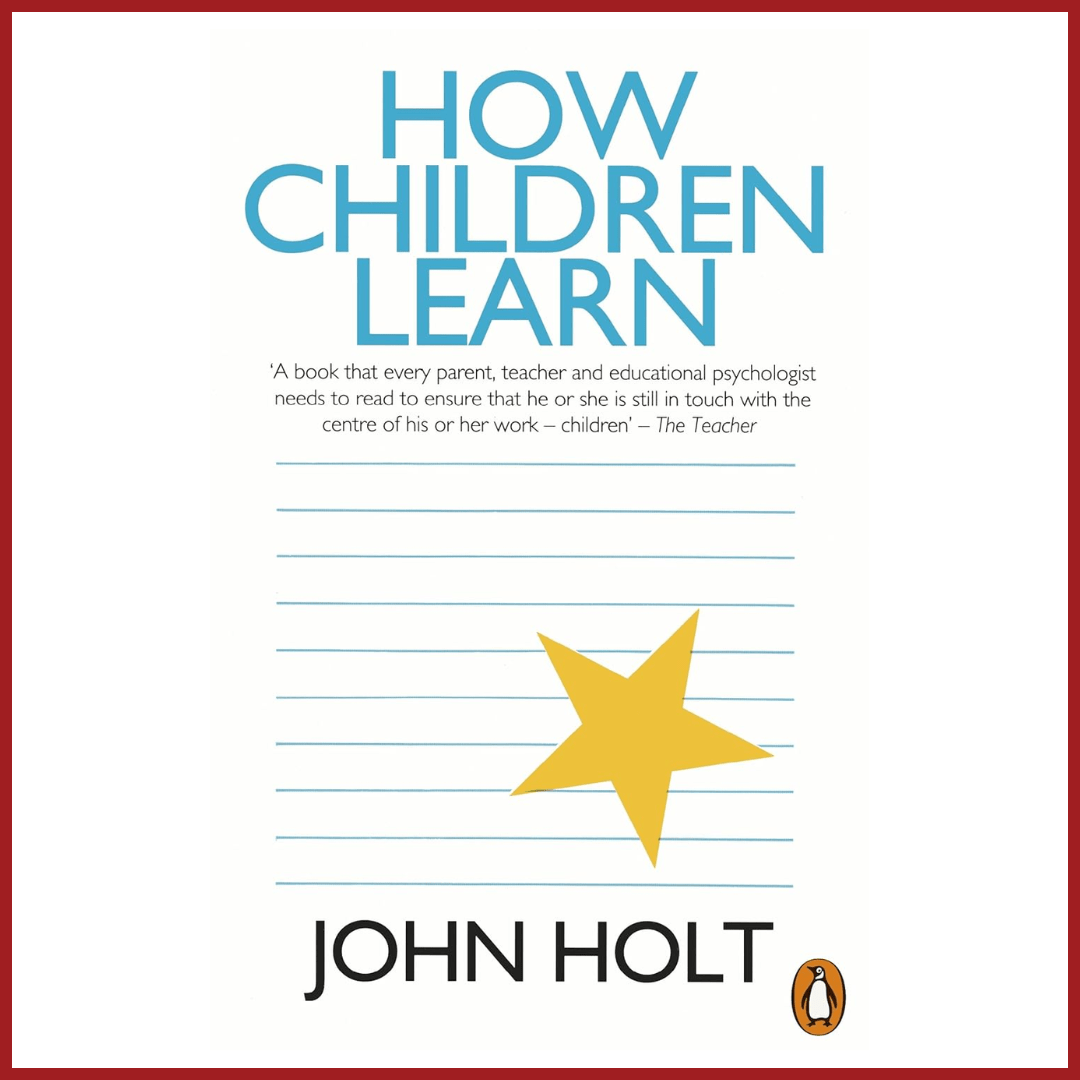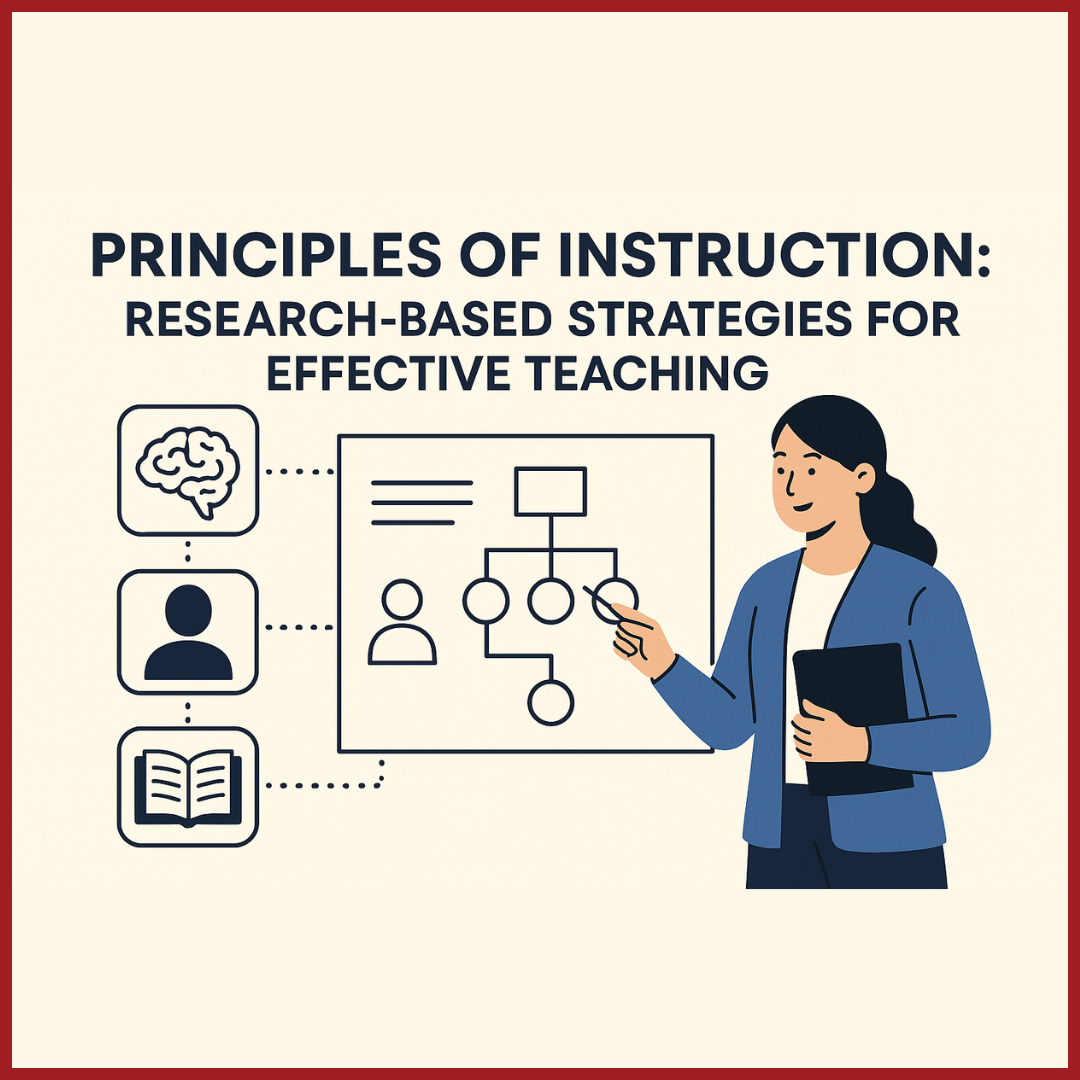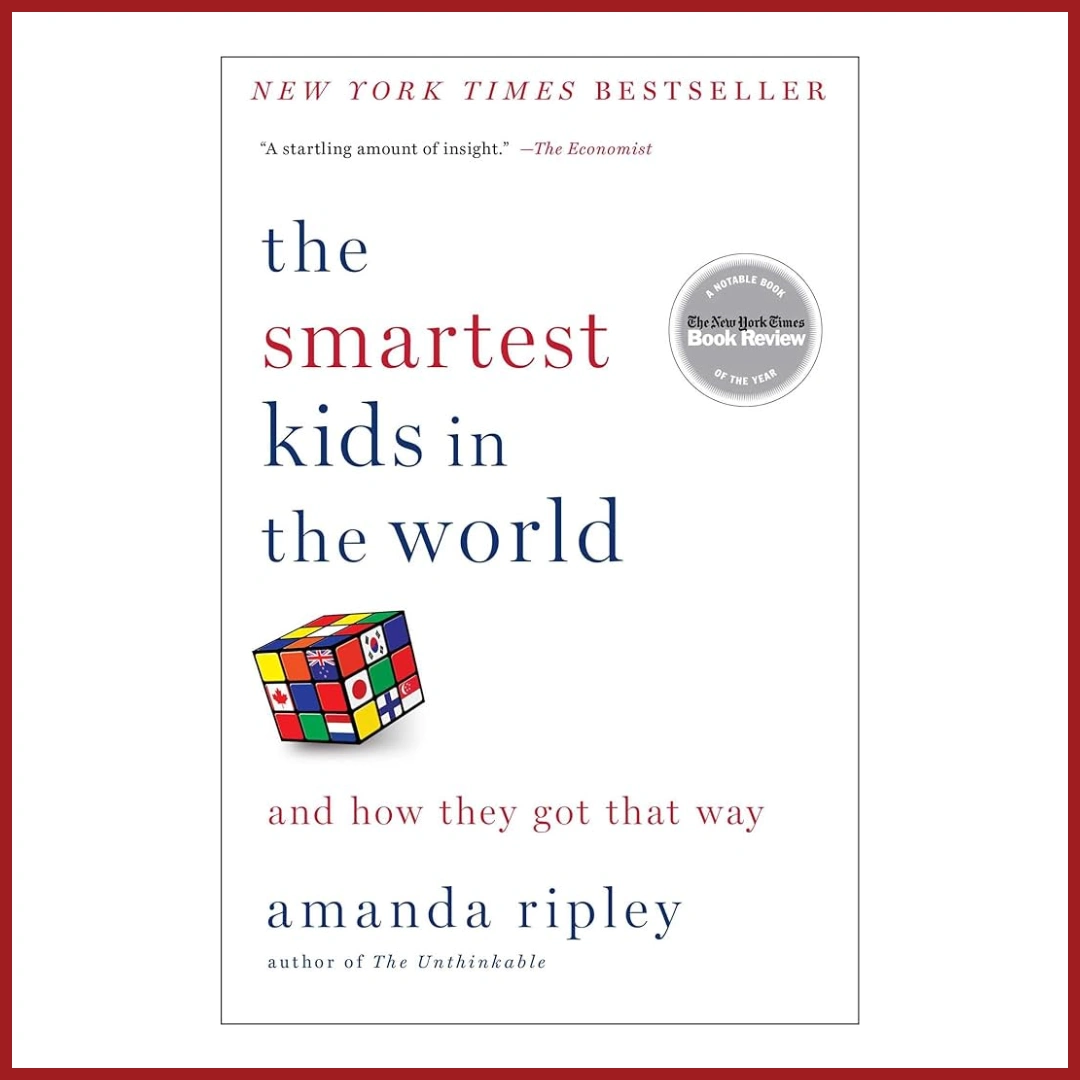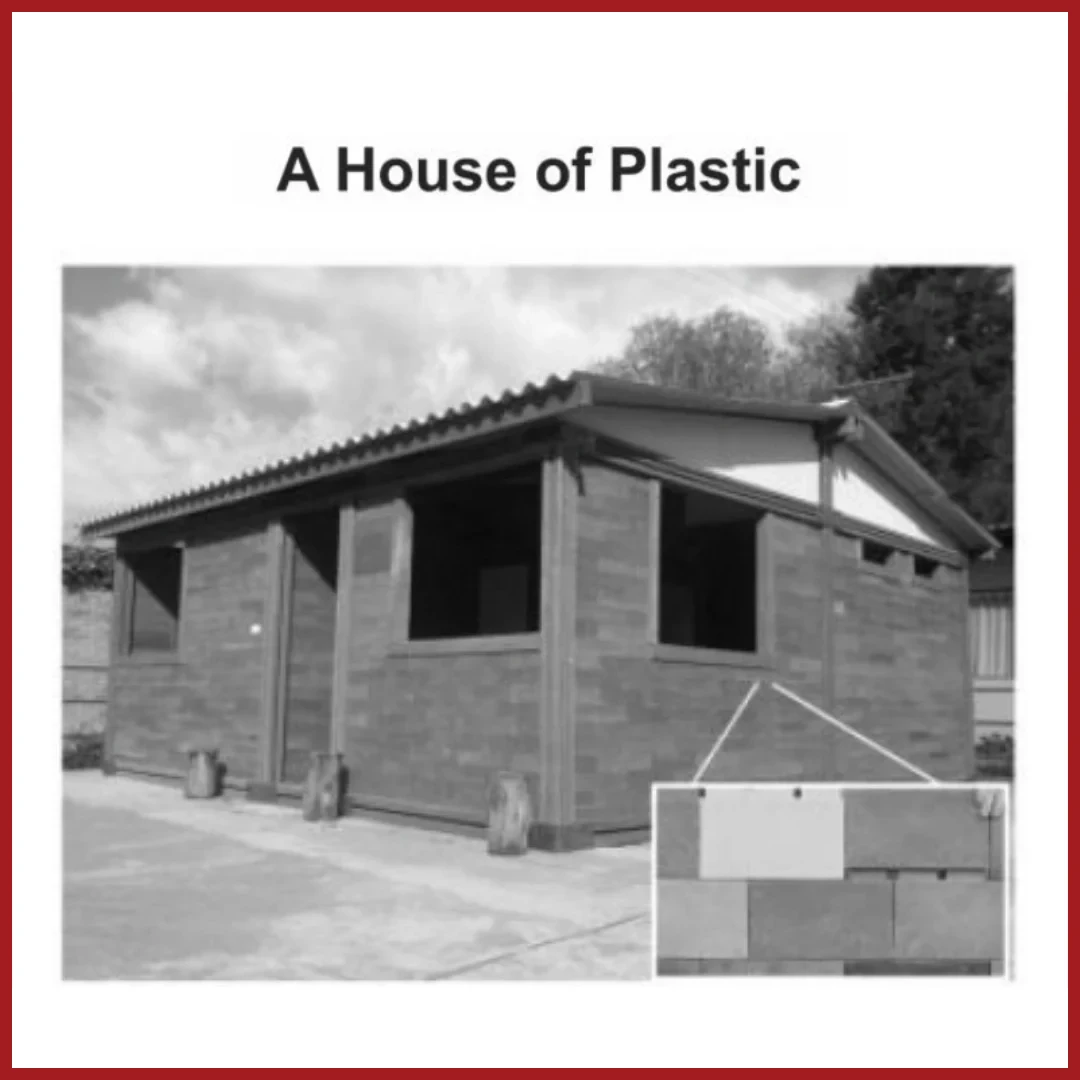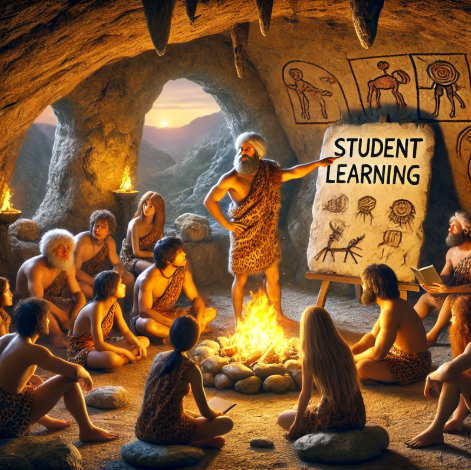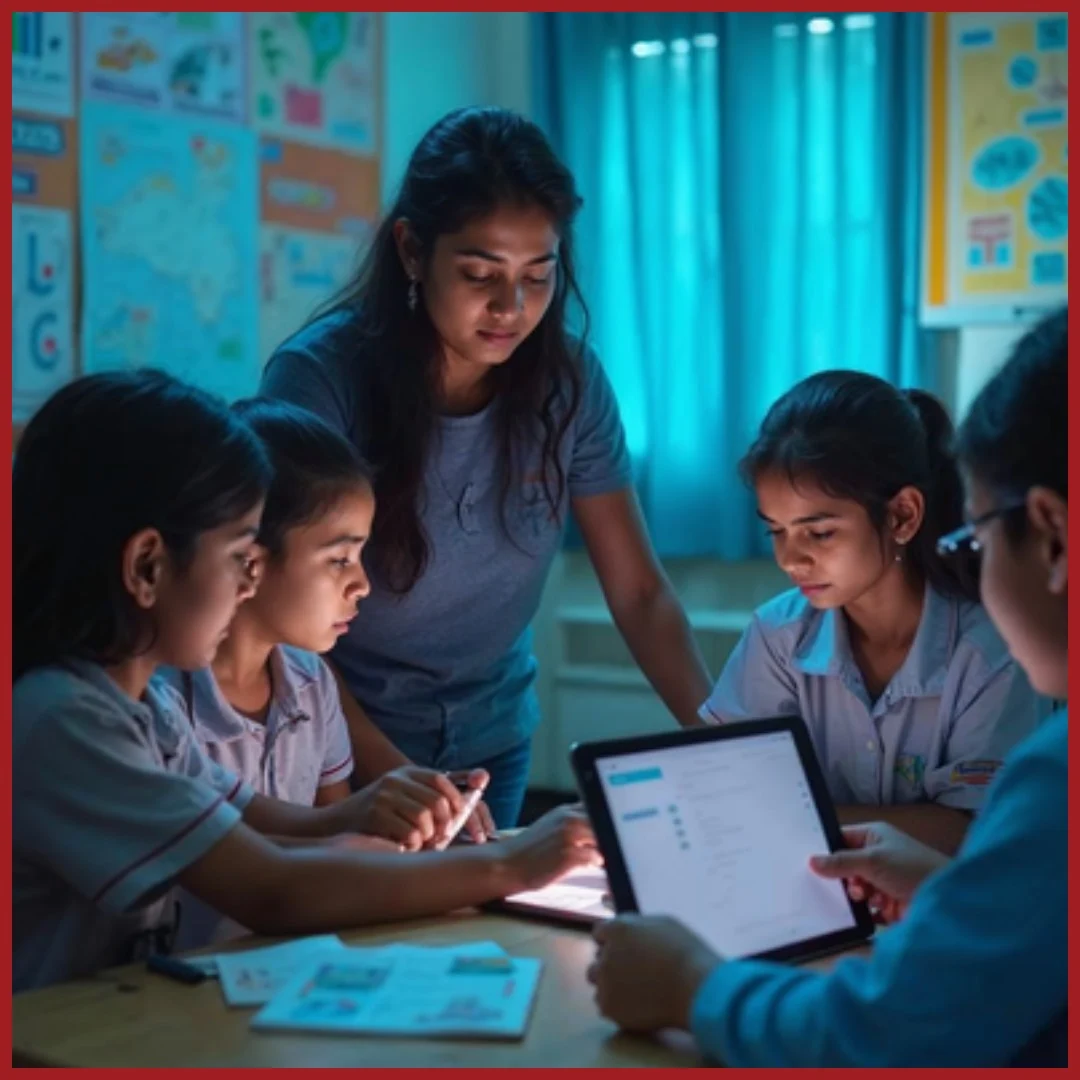Edition 01 | January 2025
Feature Article
Introduction
While diagnostic reports like ASER, PISA, and Ei ASSET highlight significant learning gaps in student performance, this is often overshadowed by achievements in international competitions such as the Mathematics Olympiad and our recent performance in games like Chess. Although these success stories are commendable, they don’t fully represent the educational system’s overall performance. Educators, researchers, and policymakers continue to address these challenges with the National Education Policy (NEP) and the National Curriculum Framework (NCF) in the backdrop, which advocate for a shift from rote learning to understanding-based education.
Meaningful learning occurs when students connect ideas, apply knowledge to new situations, and reflect on their thinking processes. However, the pressure to perform well in exams often leads to teaching methods that prioritise short-term gains over long-term understanding. While memorisation is essential for building foundational knowledge, it becomes problematic when used exclusively without fostering deeper engagement with concepts.
Imagine the brain as a filing system: when we learn by rote, we are simply stuffing papers into folders without organisation. Information may be stored, but it’s difficult to retrieve it and use it effectively. Conversely, meaningful learning organises these files logically—cross-referencing them, creating easy access systems, and ensuring that information can be used flexibly.
Rote learning involves memorising facts without understanding the underlying concepts. Memorisation is often dismissed as a bad thing, but it is actually a necessary skill for building foundational knowledge. It helps students establish a solid base of facts and procedures that can be used for more complex applications. For instance, memorising multiplication tables enables students to quickly solve challenging math problems. Chess players often exhibit a successful balance of memorisation and understanding. The key difference is that meaningful memorisation requires understanding and supports application.
On the face of it, both questions are correct and can be included in a question paper. However
Question 2 tests students’ knowledge of the word’s meaning and their ability to identify its use in different contexts. Based on some estimates, about 80% of the words in the English language are polysemous, or multiple-meaning, words, and being able to discern their meaning in different contexts is essential to becoming a proficient English speaker.
Now, look at these two questions to understand the ability of a good question to assess meaningful learning and the transfer of this learning to a new context.
Capturing Student Misconceptions in the Classroom -- A byproduct of good assessments
“Understanding student misconceptions provides teachers with critical insights that inform instructional decisions, ultimately leading to better student understanding and achievement.”
— DiCarlo, M. J., Wagner, R. K., & Simon, C. M. (2000)
A typical question like this will not give any constructive feedback about students’ real understanding to a teacher because it can mostly be answered through rote learning.
Now let us look at a good question from class 6 which requires conceptual understanding of gravity to be answered correctly. The most powerful aspect of good questions is their ability to give teachers feedback on how students think.
*Sourced from Ei ASSET which is a skill-based diagnostic test that checks for conceptual understanding and is taken annually by about half-a-million students around the world.
Compared to the first question, the second question tests for core learning and identifies a misconception that students hold. This helps a teacher remediate the misconception in a targeted manner and provide meaningful learning to students.
*Attempted by 3668 students
A conceptual misconception occurs when a student develops an incorrect understanding of a concept, whether related to the phenomenon, the process, or its application. Traditional assessments that focus on rote learning often fail to uncover these misconceptions. However, these misconceptions tend to surface when students are required to explain their reasoning or apply their knowledge in new or unfamiliar contexts, ultimately interfering with their ability to learn effectively.
Unlocking Deeper Understanding: Addressing Student Misconceptions
“Addressing students’ misconceptions requires instructional strategies that encourage them to critically evaluate their existing beliefs and engage in meaningful reflection.”
— Vosniadou, S., Brewer, W. F., & Carpendale, J. I. (1995).
Misconceptions can arise from over-generalising rules or making incorrect connections based on prior knowledge. For example, students might think ‘heavier objects fall faster’ due to their everyday experiences. They may not have understood that all objects fall at the same rate without air resistance. Such misconceptions create valuable teaching moments. Rather than simply correcting errors, teachers can probe deeper and encourage students to explain their reasoning, identifying where understanding has broken down.
Addressing misconceptions guides students toward deeper conceptual clarity. For instance, if a student memorises the steps to solving a math problem without understanding the principles, explaining the ‘why’ behind each step can foster metacognitive skills. Through open-ended questions like, "Can you explain how this works in a real-world scenario?" teachers can help students refine their thinking. This approach not only corrects students' current understanding, but also equips them with tools for future learning.
What’s stopping us: Common Challenges and the Road Ahead
While teaching for understanding is valuable, educators often face practical constraints: large class sizes, time pressures, and rigid, exam-oriented curricula. These challenges hinder movement beyond traditional rote learning but can be addressed effectively. Time management is crucial, as conceptual learning requires in-depth exploration. Teachers can integrate conceptual learning through micro-learning (delivering content in brief, focused segments, typically under ten minutes, designed to meet specific learning objectives efficiently) or flipped classroom models, where students engage with basic content at home, leaving class time for deeper exploration.
Resistance to change poses another hurdle, especially when teachers and students are accustomed to learning by rote. Educators can address this by gradually incorporating active learning strategies—discussions, problem-solving activities, and peer learning. Professional development and emphasising long-term benefits, like improved critical thinking skills, can ease this transition.
One of the most rewarding moments for teachers is helping students progress from surface-level memorisation to deep, meaningful understanding. By identifying student misconceptions and probing their thought processes, educators can bridge the gap between knowing and understanding, fostering enduring understanding.
Enjoyed the read? Spread the word
Interested in being featured in our newsletter?
Feature Articles
Join Our Newsletter
Your monthly dose of education insights and innovations delivered to your inbox!
powered by Advanced iFrame

